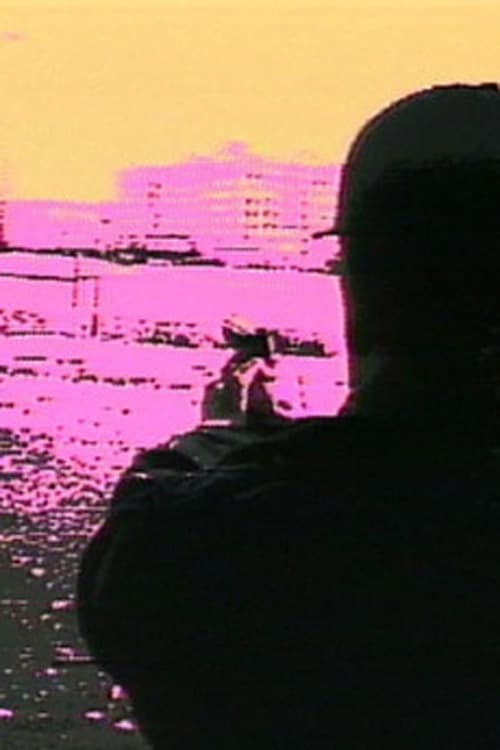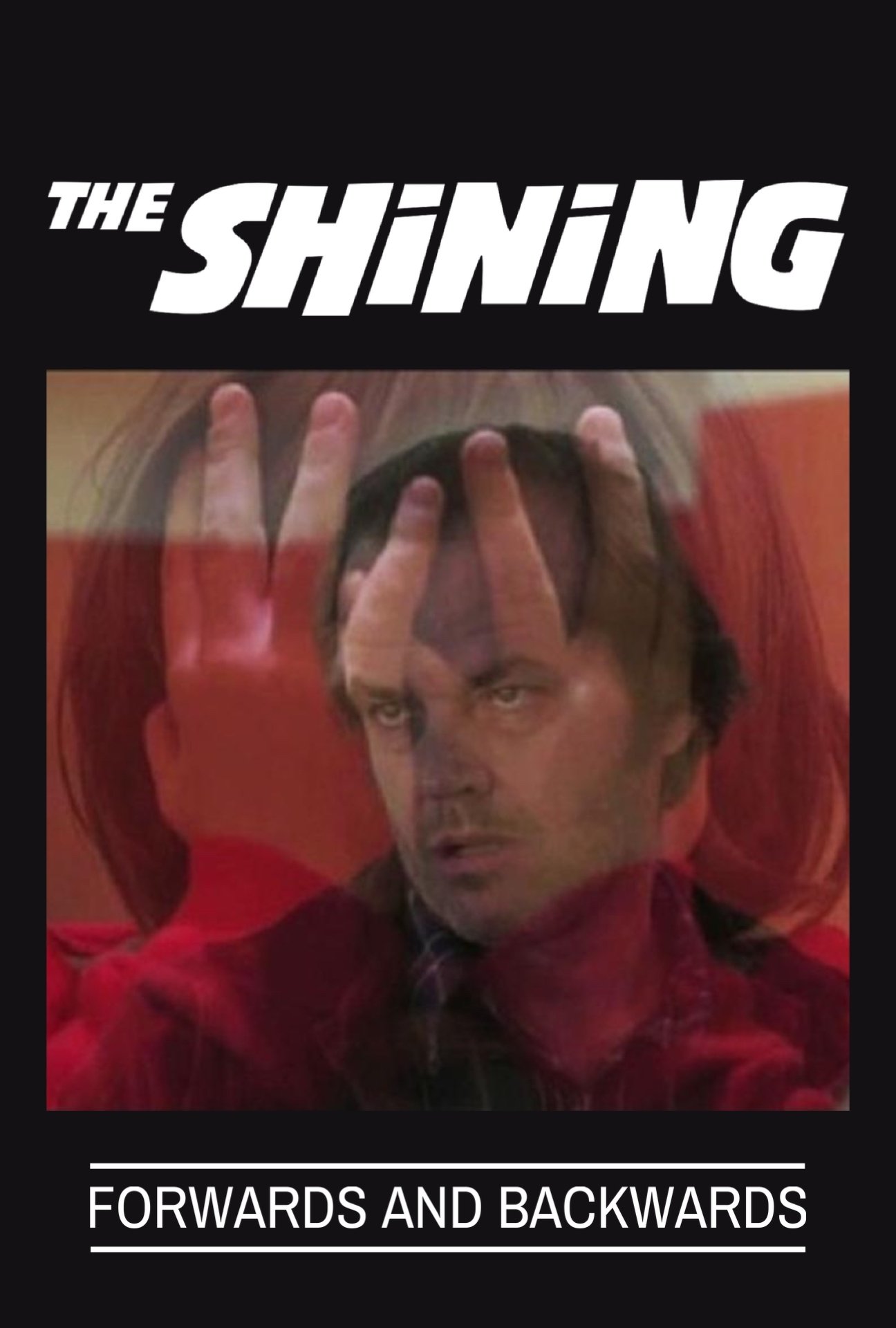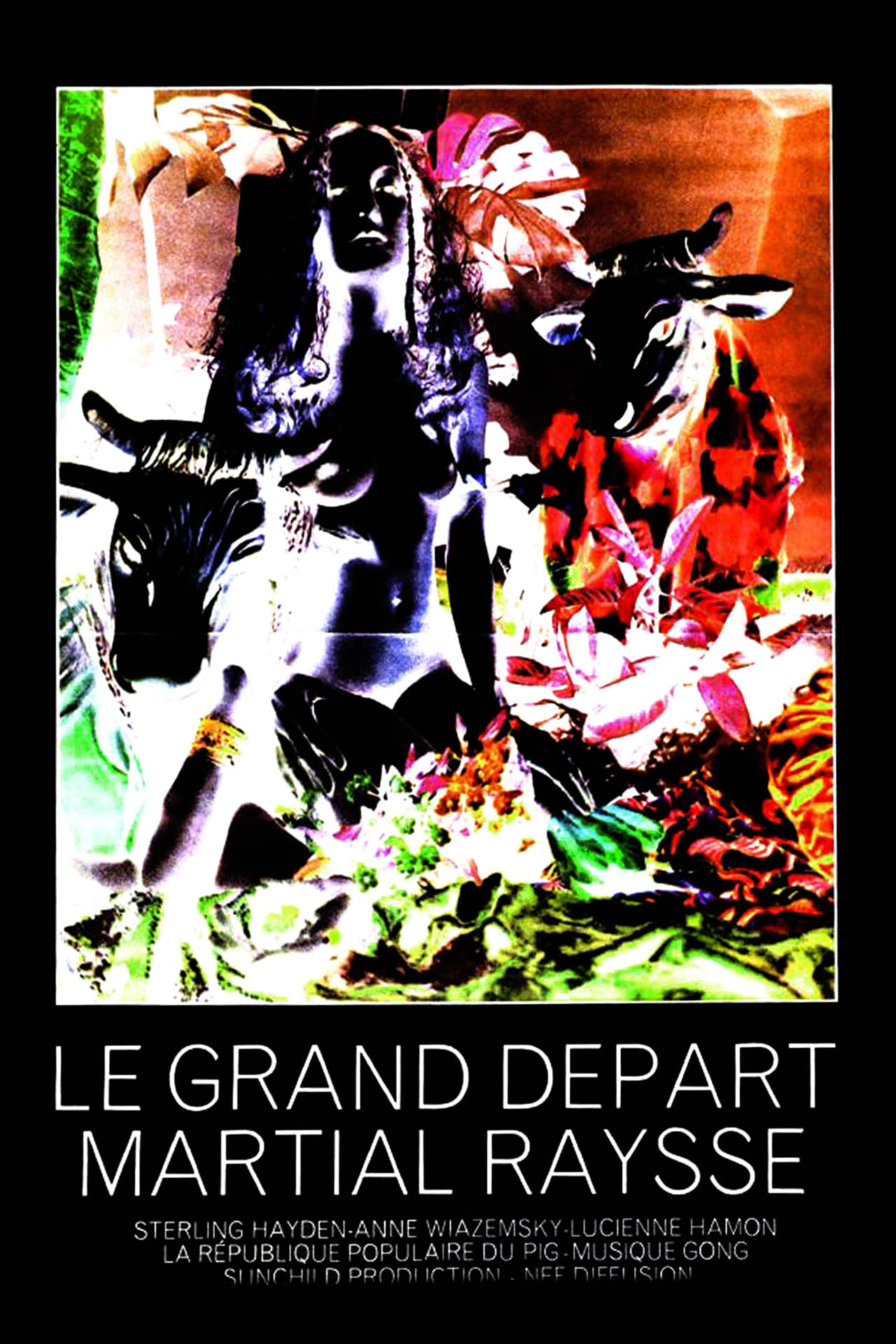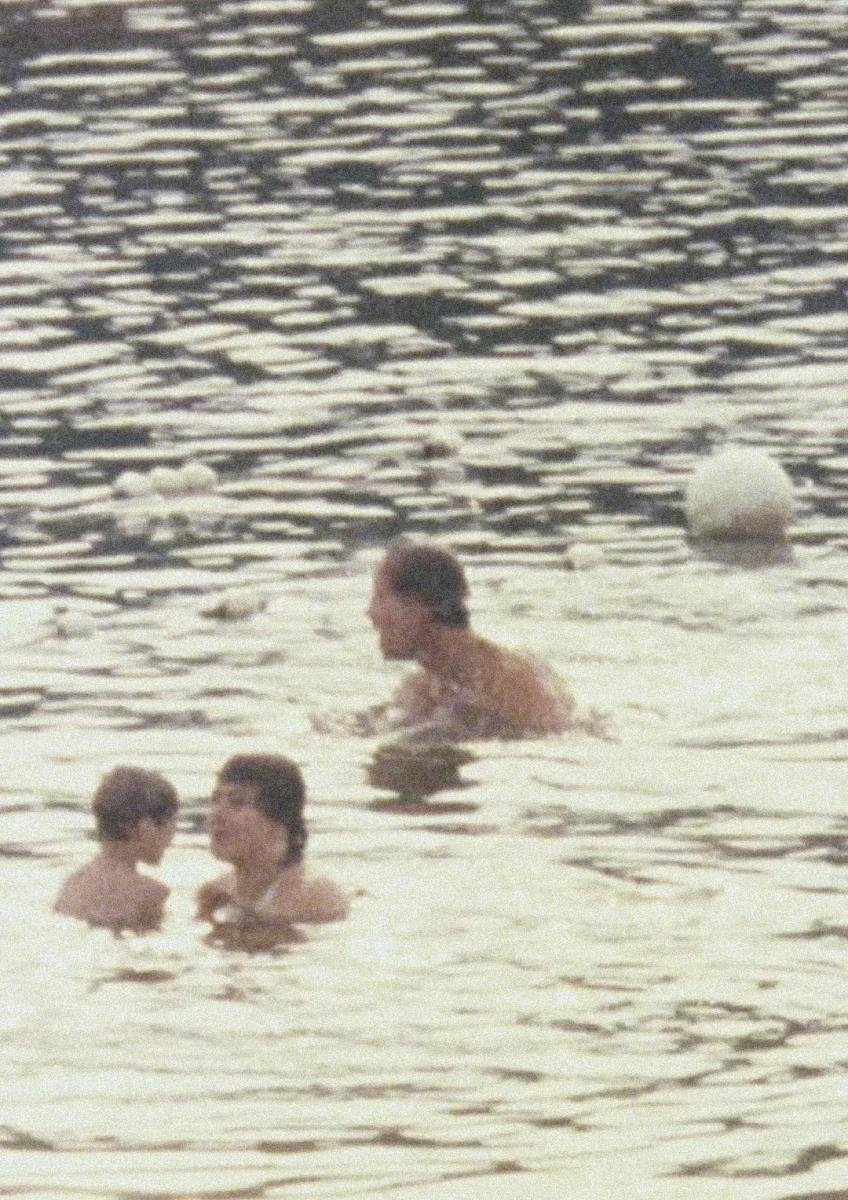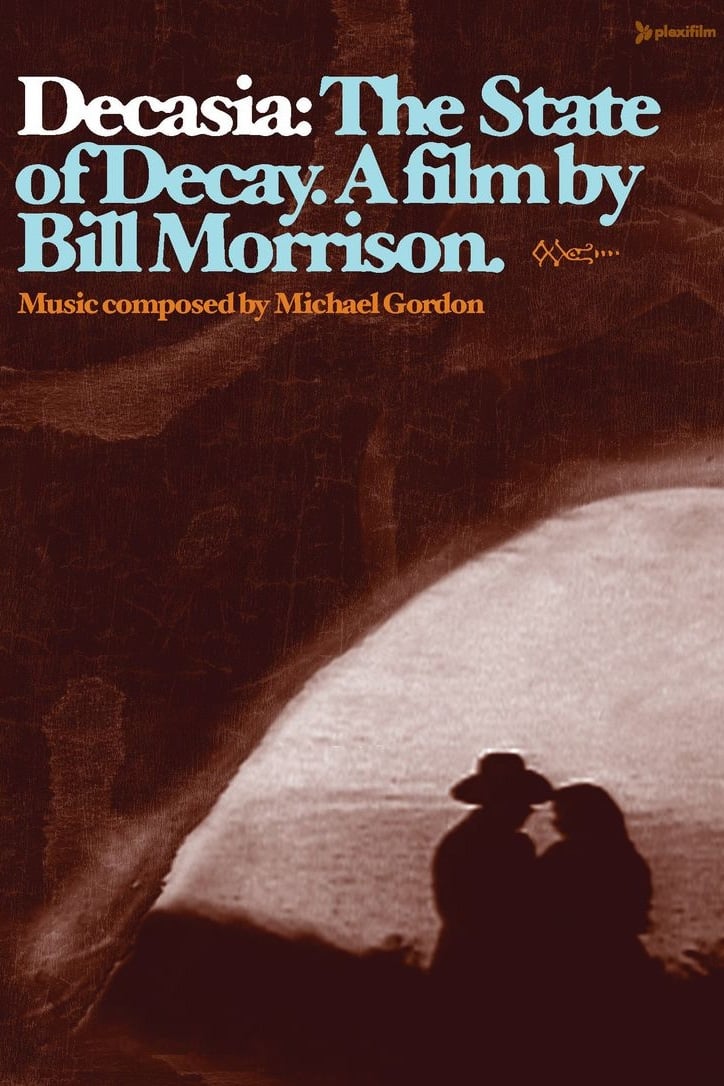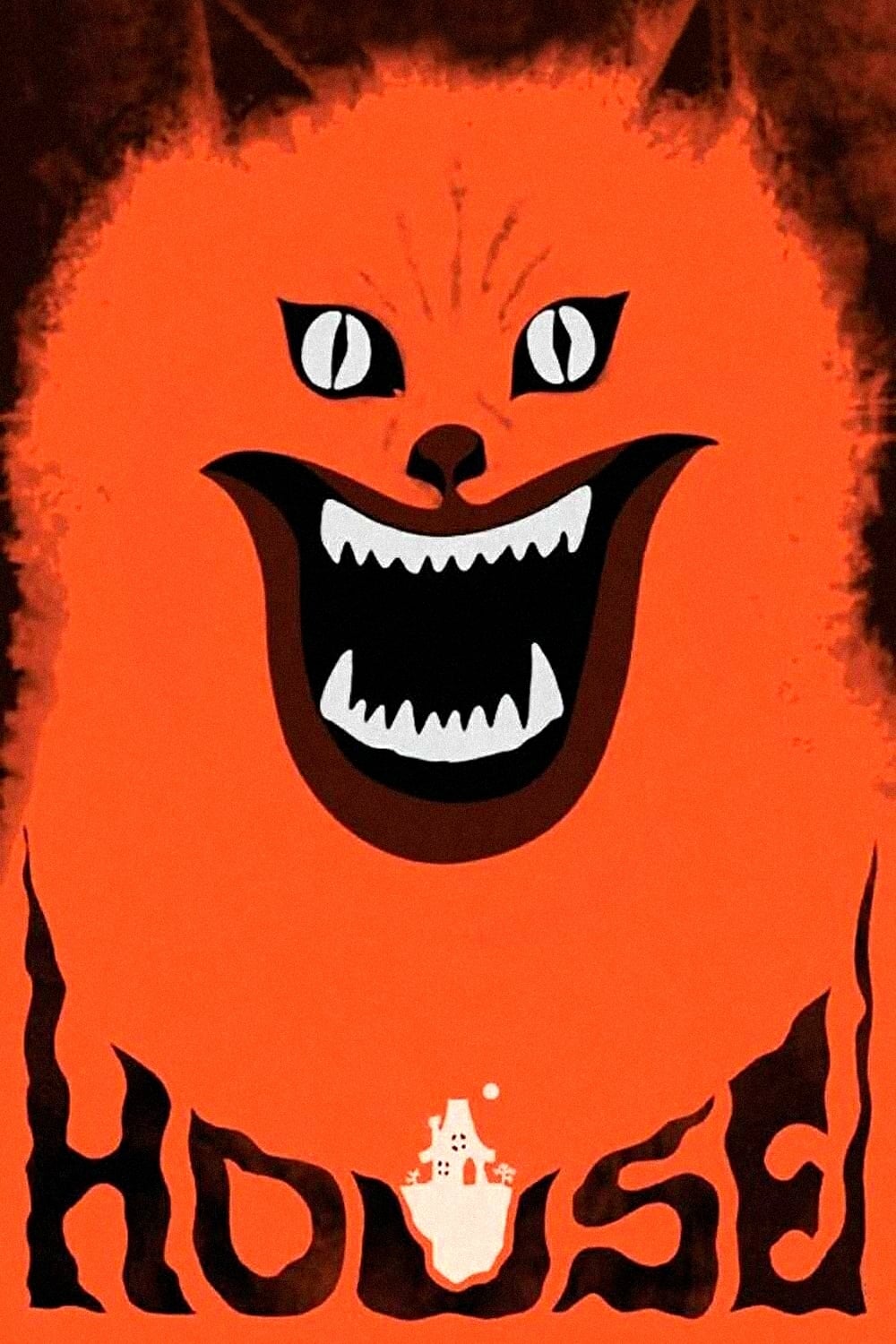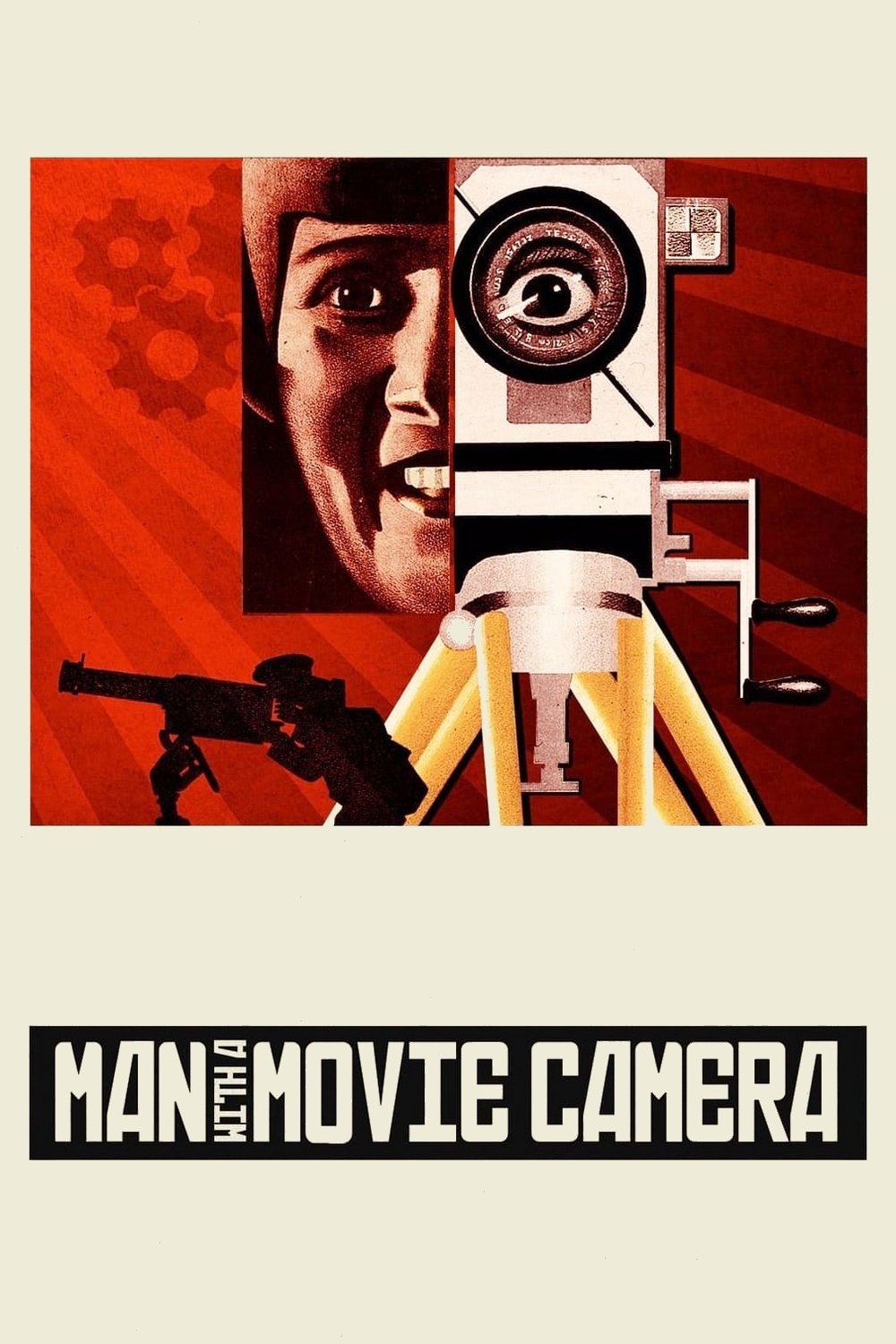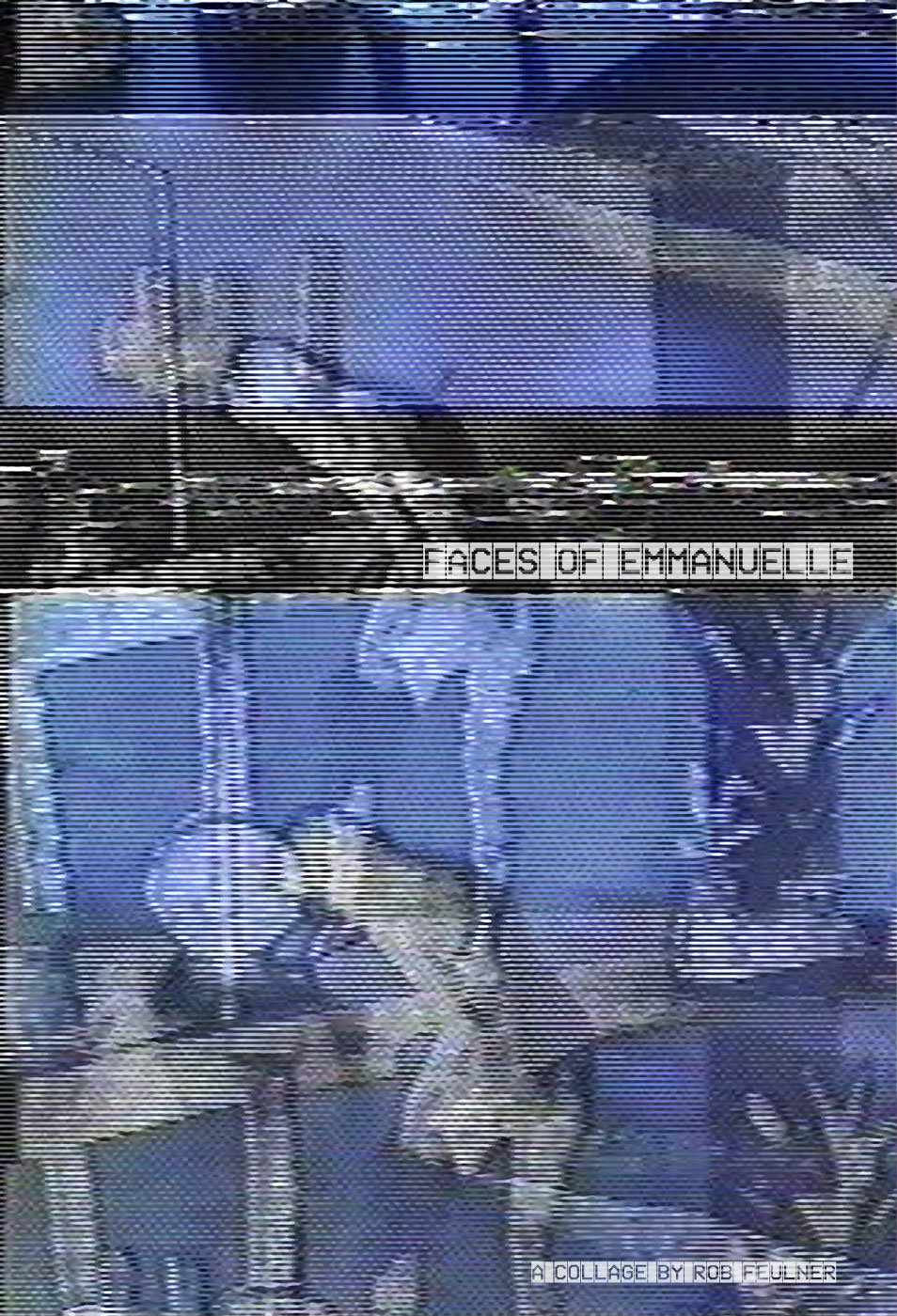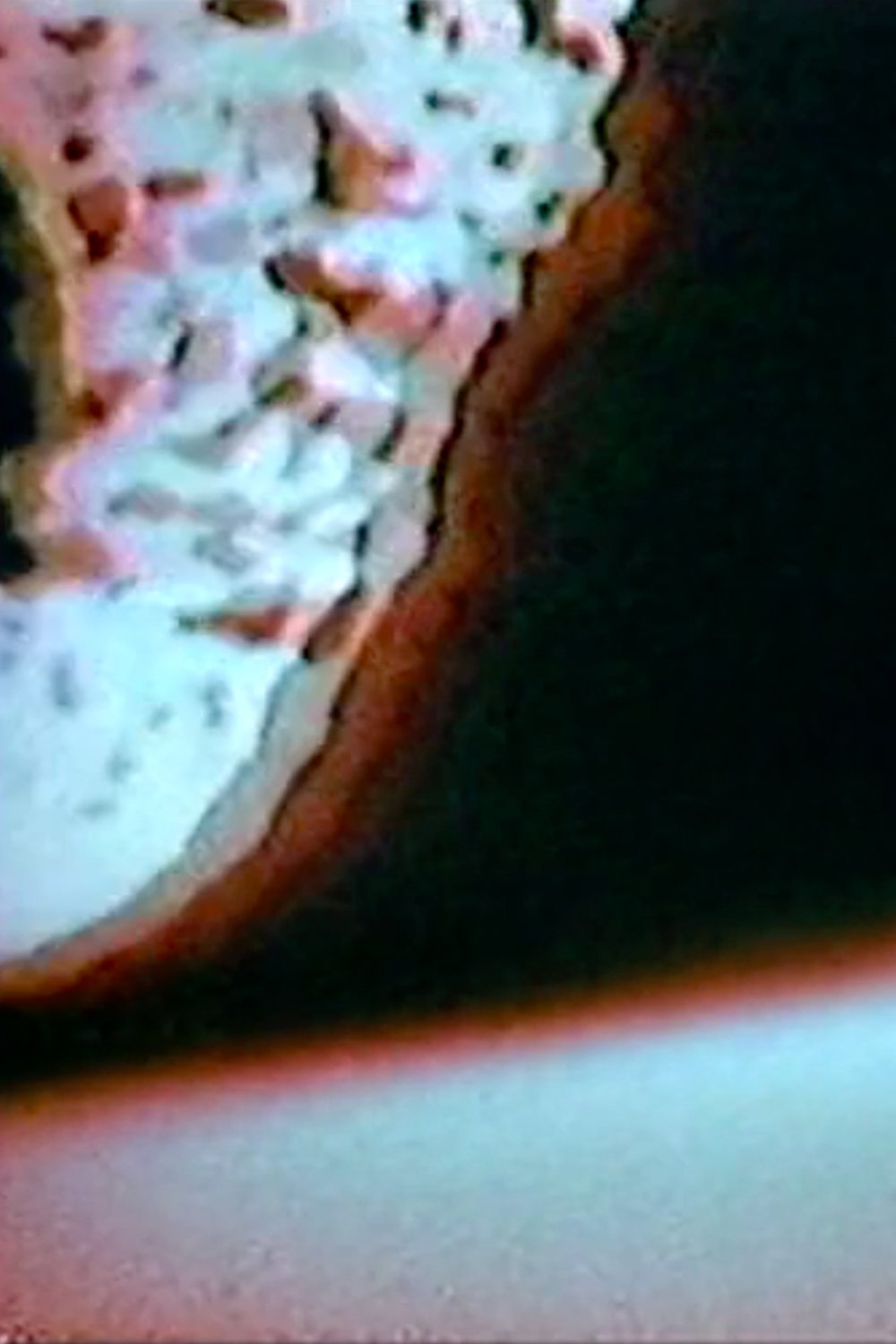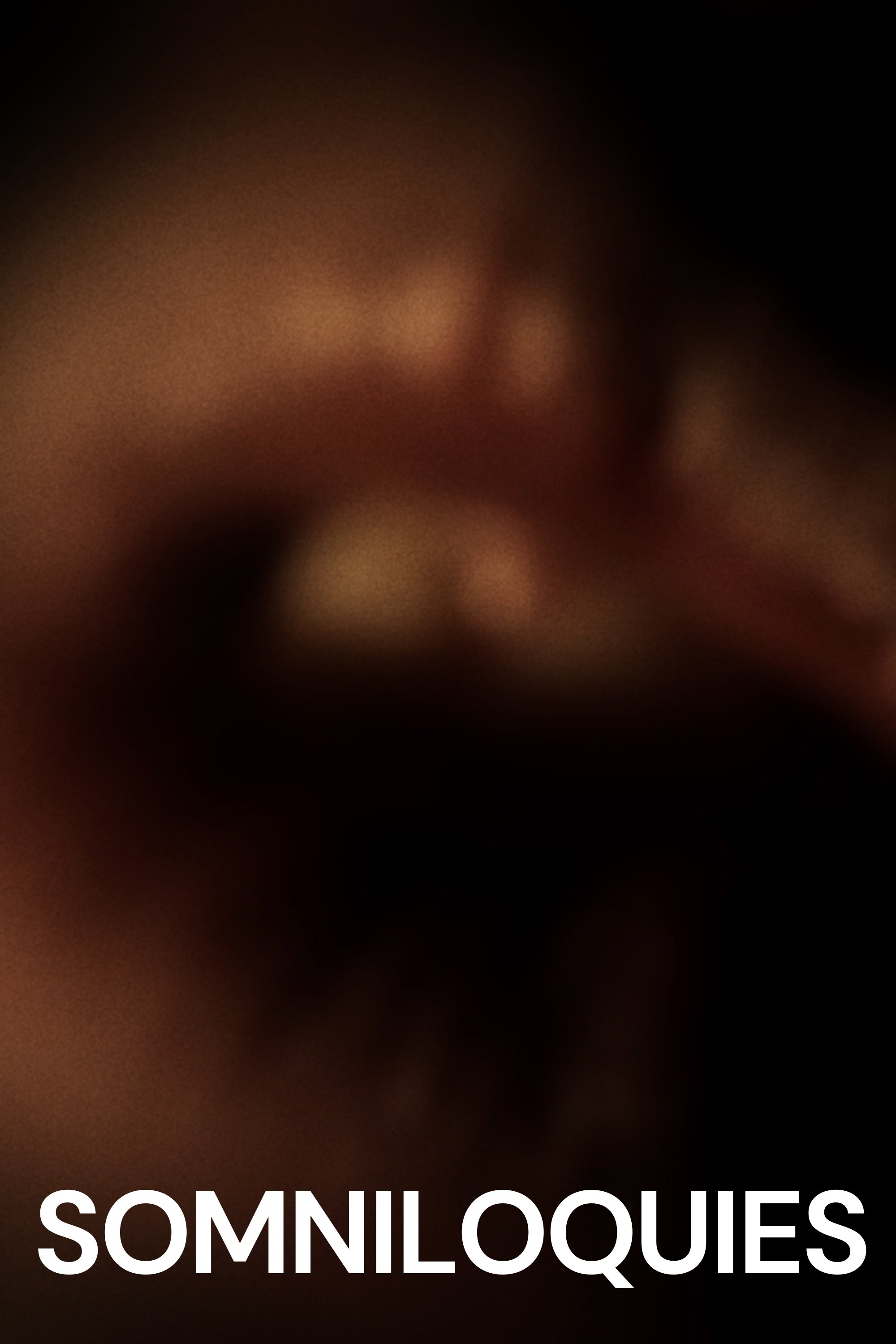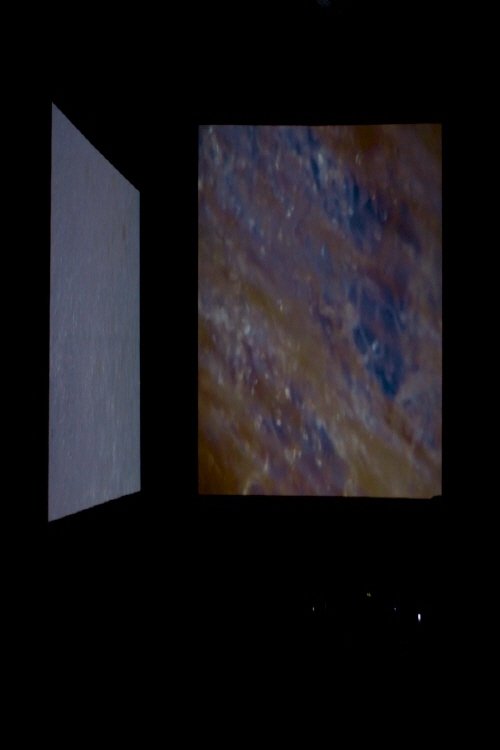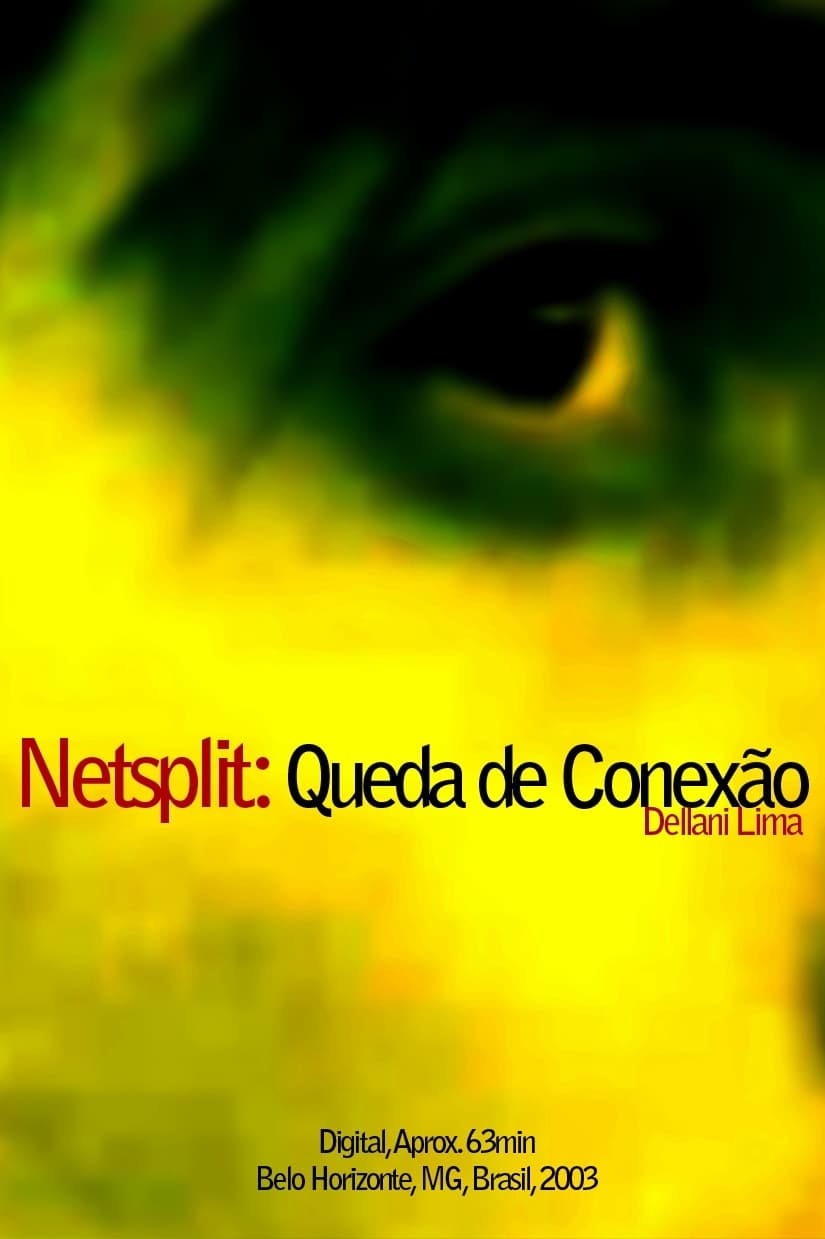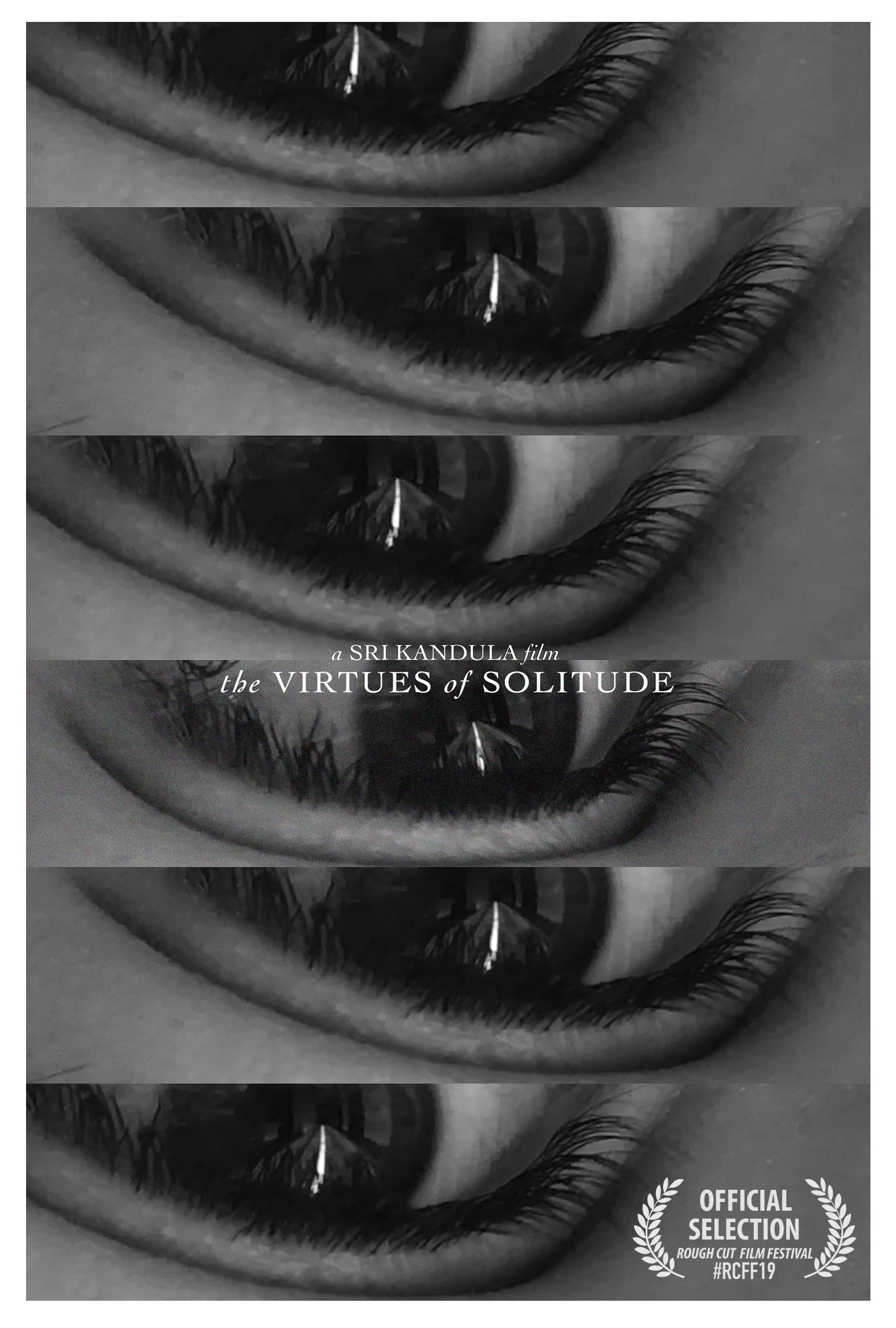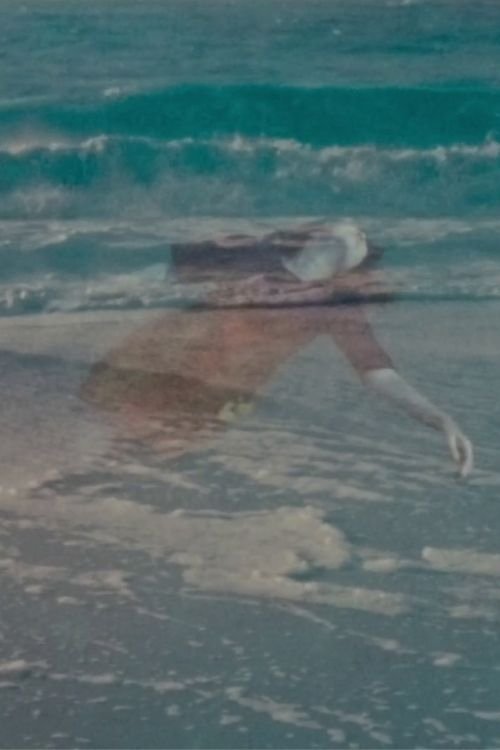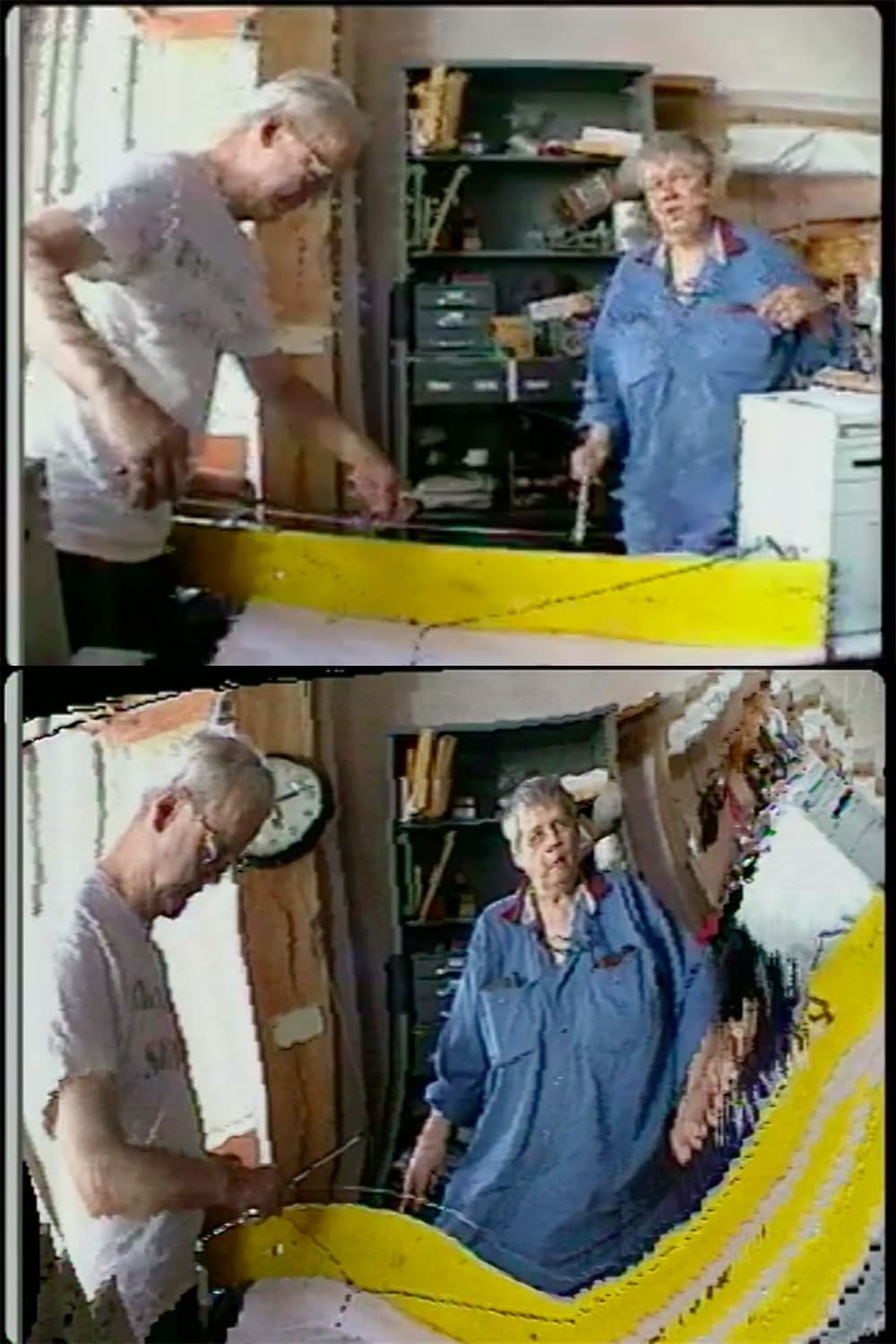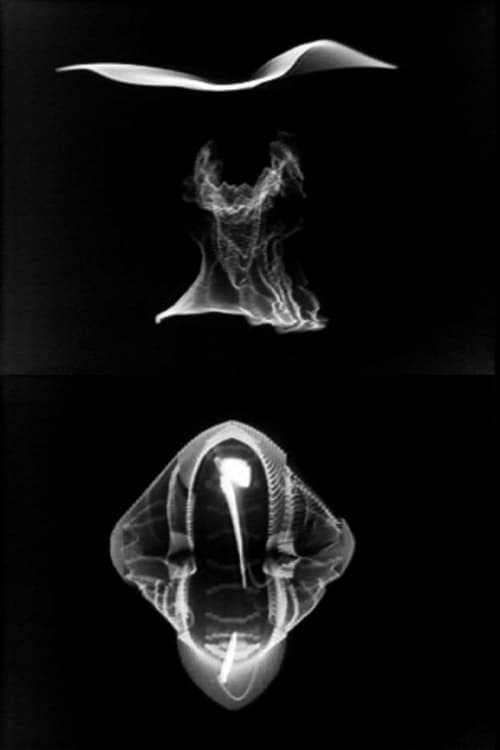
Videograms (1981)
Overview
1980-81, 13:27 min, b&w, sound Videograms is an ongoing series of text/image constructs or syntaxes using the Rutt/Etra Scan Processor, a device that enables Hill to sculpt electronic forms on the screen. Each "videogram" relates literally or conceptually to Hill's accompanying spoken text, which is visually translated into abstract shapes. Hill writes, "The vocabulary and precision of this tool allowed me to expand the notion of an 'electronic linguistic' through textual narrative blocks created specifically for the electronic vocabulary inherent in the Rutt/Etra device."
Production Companies
Additional Info
| Budget | $0.00 |
|---|---|
| Revenue | $0.00 |
| Original Language | en |
| Popularity | 0.115 |
Directed By
Gary Hill
Crew
Gary Hill
TOP CAST
Similar Movies
White Homeland Commando
White Homeland Commando takes the familiar terrain of network action drama and tilts the playing field. Reminiscent of today's popular reality-based cop shows, White Homeland Commando offers a straightforward story: four members of a special police unit investigate and infiltrate a New York-based white supremacist organization. But that is where the commonplace ends. The teleplay is shot and edited in a highly textured visual style, the colors are subdued yet somehow garish, and the sound is deliberately just out of sync with the speaker's lips. Occasional static combines with jumps in the plot — the editing is reminiscent of a television viewer flipping channels.
Theodore of the Absurd
A surreal musical comedy set in a world where the avant-garde and the mainstream are reversed.
The Shining: Forwards and Backwards
An experimental film comprised of Stanley Kubrick's THE SHINING played forwards and backwards at the same time on the same screen, creating bizarre juxtapositions and startling synchronicities
The Big Departure
This is the only feature directed by the famed French painter and sculptor Martial Raysse. In keeping with the revolutionary spirit of the time, the movie has no plot to speak of and appears to have been largely made up on the spot. We follow the cat man into a bizarre fantasy universe presented in negative exposure that reverses color values (black is white and vice versa) and written words. The cat man steals a car and then picks up a young girl he promises to take to “Heaven.” Heaven turns out to be a country chateau inhabited by several more animal mask wearing weirdoes...
Mnemosyne Mother of Muses
Christened for the Greek mythological personification of human memory, MNEMOSYNE, MOTHER OF MUSES is Larry Gottheim's facsimile edition of how one reflects on life and experiences (namely, in flashes and excerpts of sound and imagery). Typically known for his avant-garde, single-shot meditations on nature, Gottheim here provides a palindromic quotation of his own memories, including street corners, movie quotes, family members and Johnny Hartman tunes.
Decasia: The State of Decay
A meditation on the human quest to transcend physicality, constructed from decaying archival footage and set to an original symphonic score.
House
Hoping to find a sense of connection to her late mother, Gorgeous takes a trip to the countryside to visit her aunt at their ancestral house. She invites her six friends, Prof, Melody, Mac, Fantasy, Kung Fu, and Sweet, to join her. The girls soon discover that there is more to the old house than meets the eye.
Man with a Movie Camera
A cameraman wanders around with a camera slung over his shoulder, documenting urban life with dazzling inventiveness.
Faces of Emmanuelle
An exploration of the VHS medium and the subterranean trash which thrived in it. Using source material from Emmanuelle 6, this DVD-R/VHS further blurs the line between low and high art. Beautiful cinematography coupled with smut. Strategic pauses and tracking errors guides the viewer to discover the true depth and sadness of the seemingly one-dimensional Emmanuelle. Soaring arpeggio synths and pulsating rhythms by Rob Feulner. The utter destruction of arguably the most beautiful film never seen, lost and forgotten on the shelf of your local video store, behind the cowboy doors or dangling beads. Written off as pornography by most, written off as too soft by creeps. This is the plight of Emmanuelle.
Distant Activities
Real time development of a video feedback, processed and controlled through a video keyer. Sound results from video signals, interfaced with audio synthesizer.
Somniloquies
Works with sound recordings of Dion McGregor, who became famous for talking in his sleep.
Macabre Metrics
A young, wannabe streetwear influencer dying to make an impact on the world gets a lot more than he bargained for when a shy but obsessive fan decides to help him become a star for his own gain at the expense of everyone else involved. Macabre Metrics is an almost feature-length, visually experimental exploration into the world of image culture set in Seoul. Shot entirely on iPhone with animated sequences.
Meshes of the Afternoon
A woman returning home falls asleep and has vivid dreams that may or may not be happening in reality. Through repetitive images and complete mismatching of the objective view of time and space, her dark inner desires play out on-screen.
Wildness of Waves
An audio-visual installation by Helena Wittmann and Nika Son, based on the interaction of the shape and the sound from waves. The delicate image-installation arouses an awe of audiovisual senses to the audience. The shape of waves, the pitch of sound, and the innumerably changing waves made by screens of two different sizes, create the message of formation, evolution and extinction in the audio-visual, synesthetic sense.
The Virtues of Solitude
In the future, a second great flood covers most of the known world. Country borders collapse and language barrier disappear. All salvageable books are taken to a deep underground vault facility for protection. Run by priests, the facility is called The Stacks. As Olivia wanders the facility she discovers that she may not be alone and that a dark part of her past may have followed her into the narrow corridors of this inescapable purgatory.
1/57: Experiment with Synthetic Sound (Test)
Mostly dark, rejecting images which are repeated. A stone wall, the chamber of a revolver which is, at first not recognizable, a close-up of a cactus. The duration of the takes emphasises the photographic character of the pictures, simultaneously with a crackling, brutal sound. (Hans Scheugl)
42/83: No Film
"In 1983, I got a job as a museum attendant and abandoned film-making entirely. And so the question arose: "no film?," and the conclusion I came to was: no film. Question mark." (K.K.)
Music in the Afternoon
Fellow violinist and artist Tony Conrad, in collaboration with software engineer Tom Demeyer, made for Steina the instrument seen in this title. Conrad and the Vasulkas all taught at the University at Buffalo in the Media Study Department from 1976 to 1979.
